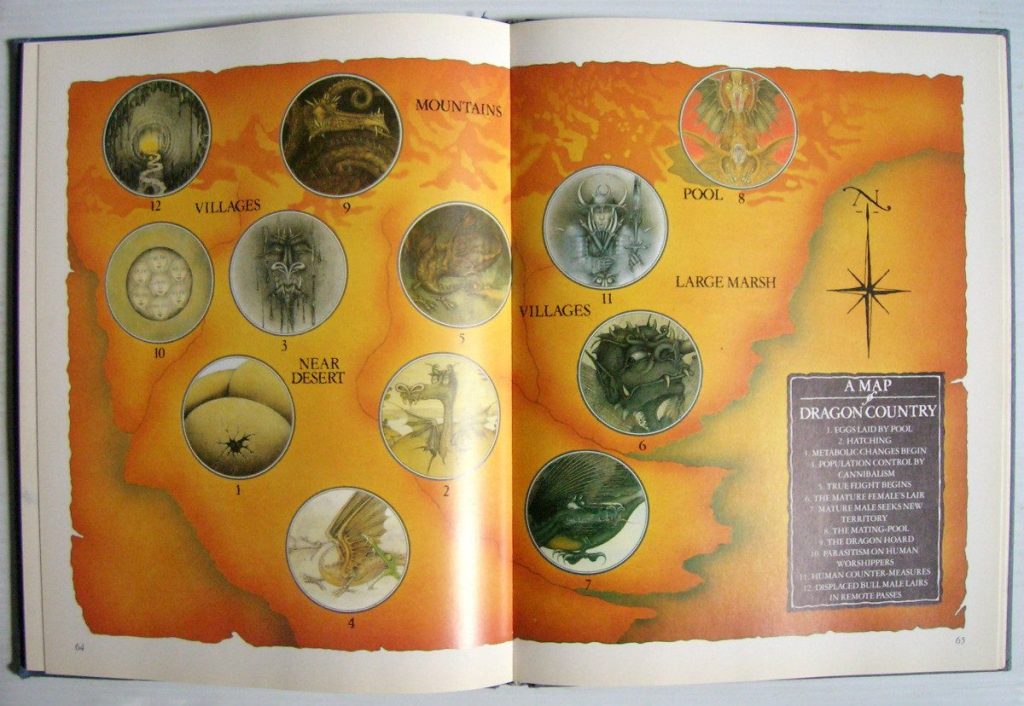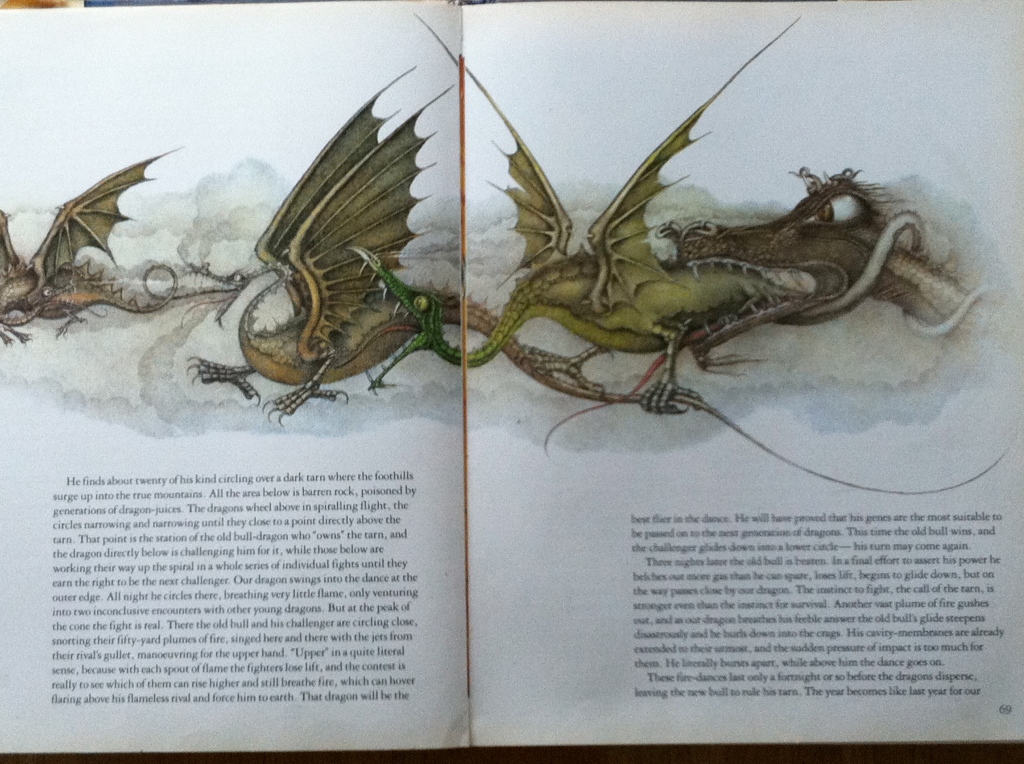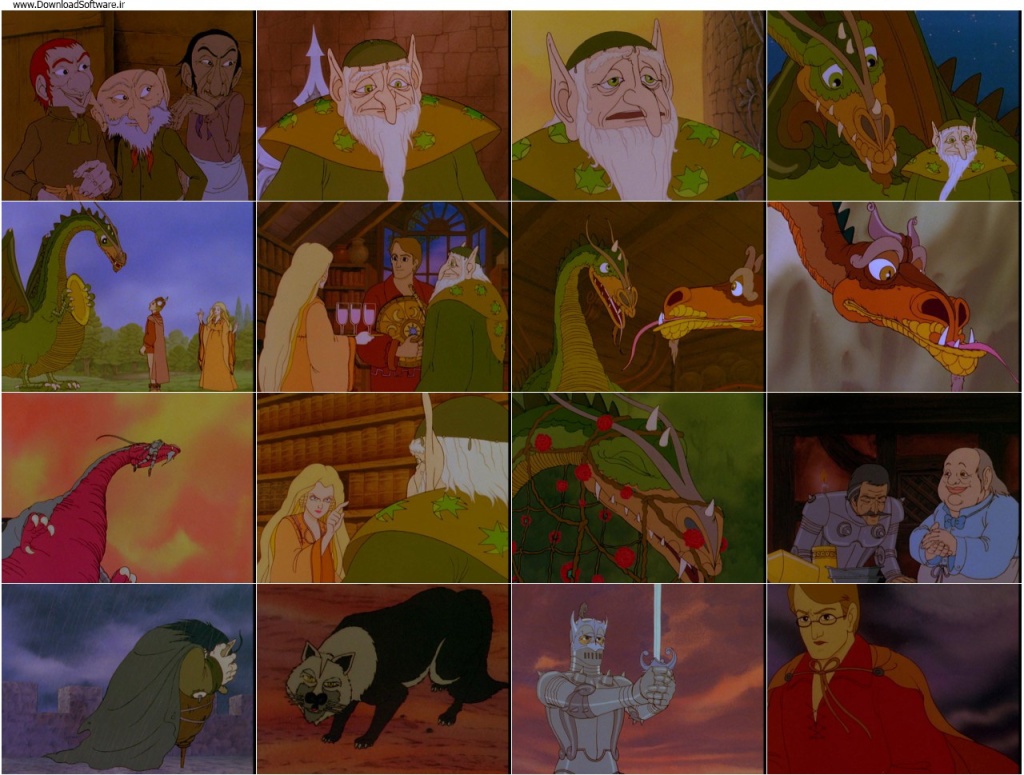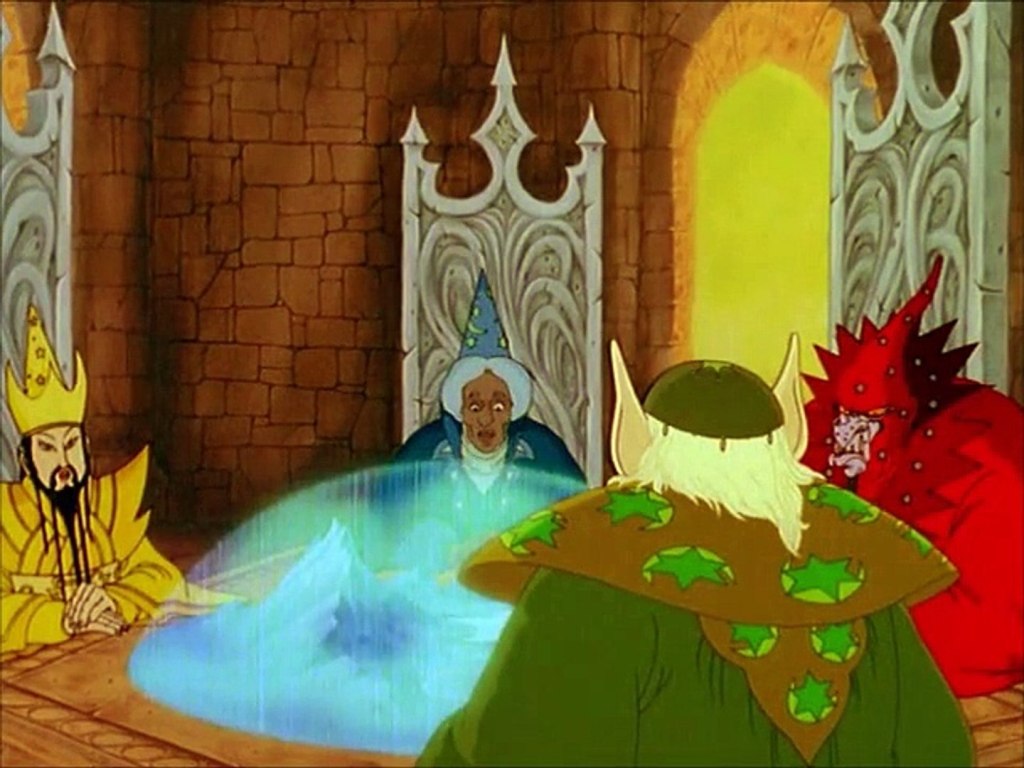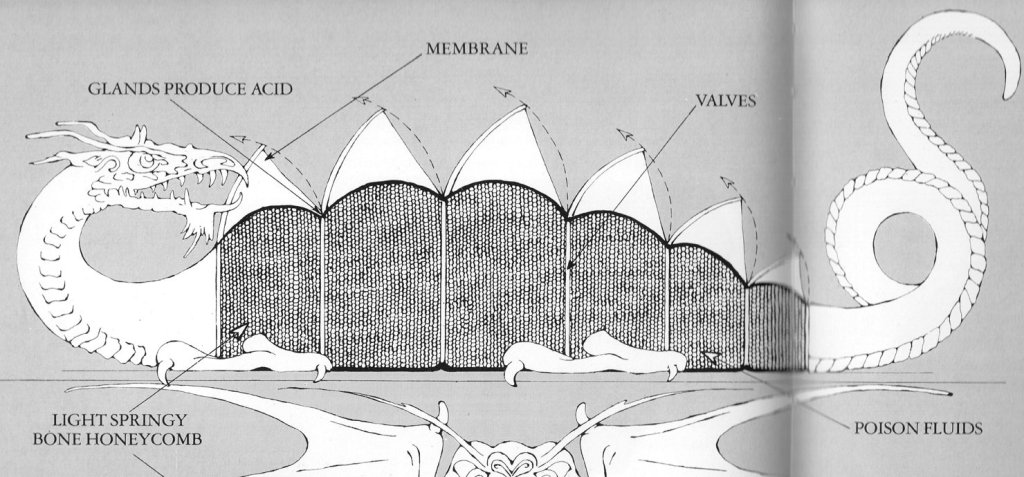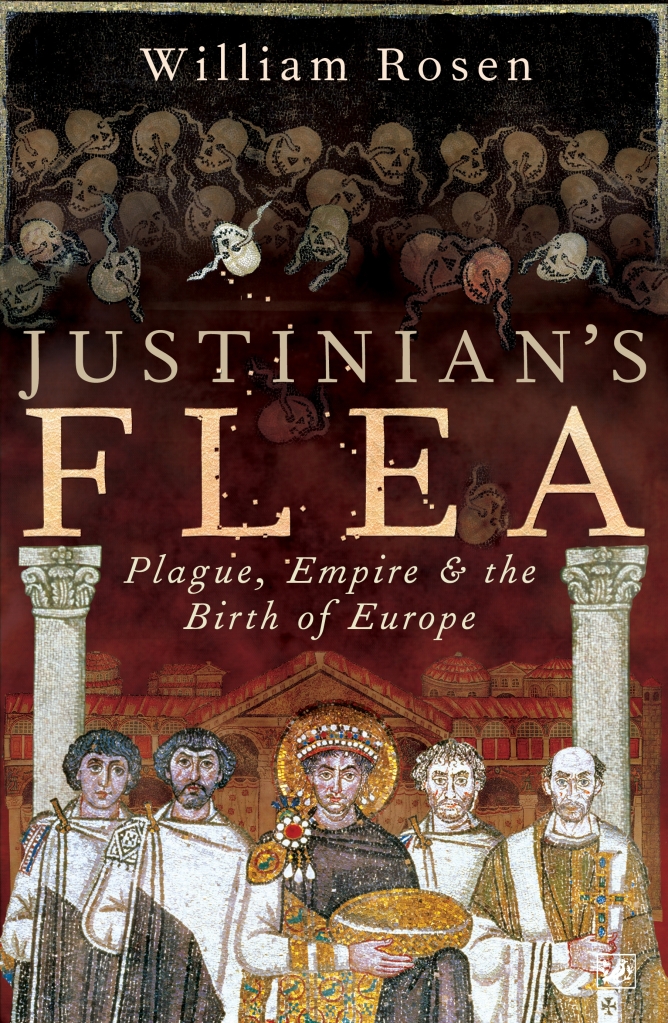
Title: Justinian’s Flea: The First Great Plague and the End of the Roman Empire
Year: 2008
Author: William Rosen
A richly told story of the collision between nature’s smallest organism and history’s mightiest empire
The Emperor Justinian reunified Rome’s fractured empire by defeating the Goths and Vandals who had separated Italy, Spain, and North Africa from imperial rule. In his capital at Constantinople he built the world’s most beautiful building, married its most powerful empress, and wrote its most enduring legal code, seemingly restoring Rome’s fortunes for the next five hundred years. Then, in the summer of 542, he encountered a flea. The ensuing outbreak of bubonic plague killed five thousand people a day in Constantinople and nearly killed Justinian himself.
In Justinian’s Flea, William Rosen tells the story of history’s first pandemic—a plague seven centuries before the Black Death that killed tens of millions, devastated the empires of Persia and Rome, left a path of victims from Ireland to Iraq, and opened the way for the armies of Islam. Weaving together evolutionary microbiology, economics, military strategy, ecology, and ancient and modern medicine, Rosen offers a sweeping narrative of one of the great hinge moments in history, one that will appeal to readers of John Kelly’s The Great Mortality, John Barry’s The Great Influenza, and Jared Diamond’s Collapse.
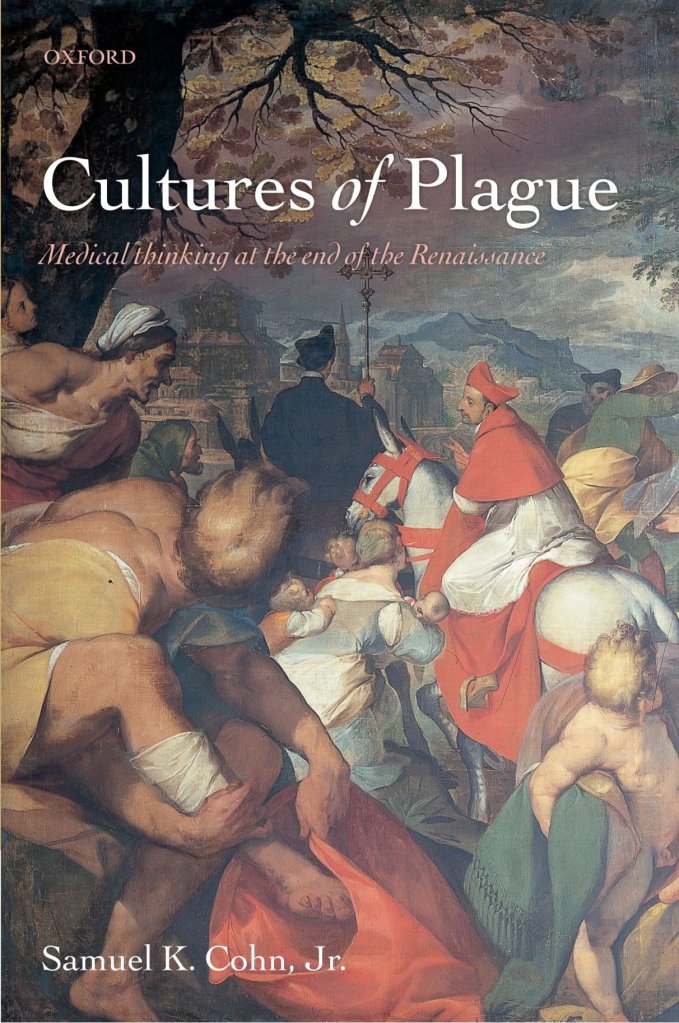
Title: Cultures of Plague: Medical thinking at the end of the Renaissance
Year: 2009
Author: Samuel K. Cohn, Jr.
Cultures of Plague discloses a new chapter in the history of medicine. Neither the plague nor the ideas it stimulated were static, fixed in a timeless Galenic vacuum over five centuries, as historians and scientists commonly assume. As plague evolved in its pathology, modes of transmission, and the social characteristics of its victims, so did medical thinking about it.
With over 600 plague imprints of the sixteenth century this study highlights the century’s most feared and devastating epidemic that threatened Italy top to toe from 1575 to 1578, unleashing an avalanche of plague writing. From erudite definitions, remote causes, cures and recipes, physicians now directed their plague writings to the prince and discovered their most ‘valiant remedies’ in public health: strict segregation of the healthy and ill, cleaning streets, latrines, and addressing the long‐term causes of plague—poverty. Those outside the medical profession joined the chorus. Relying on health board statistics and dramatized with eyewitness descriptions of bizarre happenings, human misery, and suffering, they created the structure for the plague classics of the eighteenth century and by tracking the contagion’s complex and crooked paths anticipated trends of nineteenth‐century epidemiology.
In the heartland of Counter‐Reformation Italy, physicians, along with those outside the profession, questioned the foundations of Galenic and Renaissance medicine, even the role of God. Such developments did not need to await the Protestant‐Paracelsian alliance of seventeenth‐century northern Europe. Instead, creative forces planted by the pandemic of 1575–8 sowed seeds of doubt and unveiled new concerns and ideas within that supposedly most conservative form of medical writing, the plague tract.
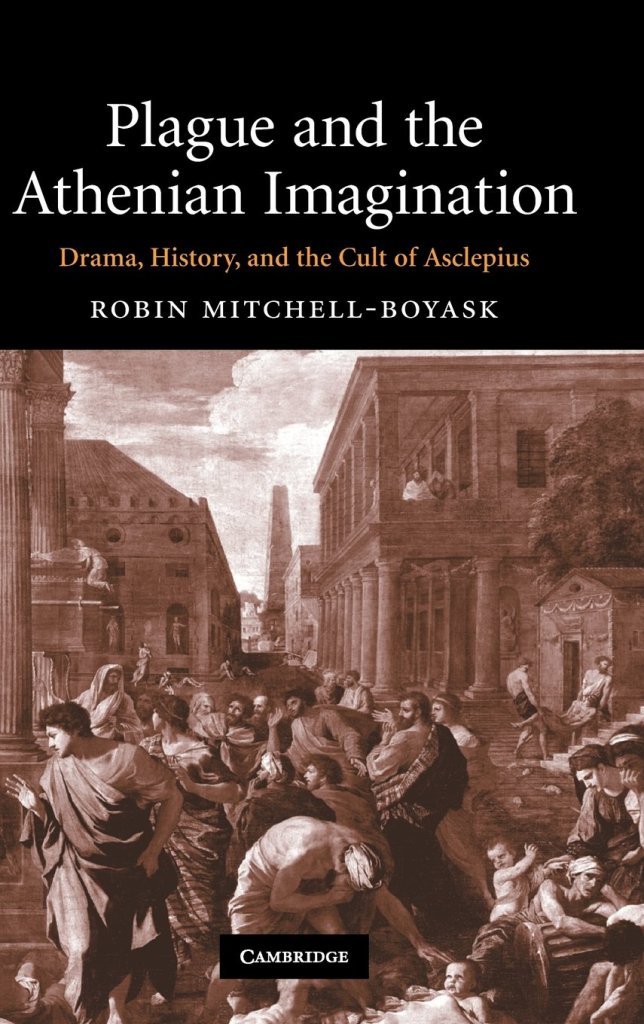
Title: Plague and the Athenian Imagination: Drama, History, and the Cult of Asclepius
Year: 2007
Author: Robin Mitchell-Boyask
The great plague of Athens that began in 430 BCE had an enormous effect on the imagination of its literary artists & on the social imagination of the city as a whole. In this 2007 book, Prof. Mitchell-Boyask studies the impact of the plague on Athenian tragedy early in the 420s & argues for a significant relationship between drama & the development of the cult of the healing god Asclepius in the next decade, during a period of war & increasing civic strife. The Athenian decision to locate their temple for Asclepius adjacent to the Theater of Dionysus arose from deeper associations between drama, healing & the polis that were engaged actively by the crisis of the plague. The book also considers the representation of the plague in Thucydides’ History as well as the metaphors generated by that representation which recur later in the same work.
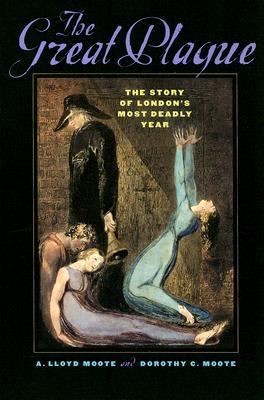
Title: The Great Plague: The Story of London’s Most Deadly Year
Year: 2006
Author: A. Lloyd Moote and Dorothy C. Moote
In the winter of 1664-65, a bitter cold descended on London in the days before Christmas. Above the city, an unusually bright comet traced an arc in the sky, exciting much comment and portending “horrible windes and tempests.” And in the remote, squalid precinct of St. Giles-in-the-Fields outside the city wall, Goodwoman Phillips was pronounced dead of the plague. Her house was locked up and the phrase “Lord Have Mercy On Us” was painted on the door in red. By the following Christmas, the pathogen that had felled Goodwoman Phillips would go on to kill nearly 100,000 people living in and around London—almost a third of those who did not flee. This epidemic had a devastating effect on the city’s economy and social fabric, as well as on those who lived through it. Yet somehow the city continued to function and the activities of daily life went on.
In The Great Plague, historian A. Lloyd Moote and microbiologist Dorothy C. Moote provide an engrossing and deeply informed account of this cataclysmic plague year. At once sweeping and intimate, their narrative takes readers from the palaces of the city’s wealthiest citizens to the slums that housed the vast majority of London’s inhabitants to the surrounding countryside with those who fled. The Mootes reveal that, even at the height of the plague, the city did not descend into chaos. Doctors, apothecaries, surgeons, and clergy remained in the city to care for the sick; parish and city officials confronted the crisis with all the legal tools at their disposal; and commerce continued even as businesses shut down.
To portray life and death in and around London, the authors focus on the experiences of nine individuals—among them an apothecary serving a poor suburb, the rector of the city’s wealthiest parish, a successful silk merchant who was also a city alderman, a country gentleman, and famous diarist Samuel Pepys. Through letters and diaries, the Mootes offer fresh interpretations of key issues in the history of the Great Plague: how different communities understood and experienced the disease; how medical, religious, and government bodies reacted; how well the social order held together; the economic and moral dilemmas people faced when debating whether to flee the city; and the nature of the material, social, and spiritual resources sustaining those who remained.
Underscoring the human dimensions of the epidemic, Lloyd and Dorothy Moote dramatically recast the history of the Great Plague and offer a masterful portrait of a city and its inhabitants besieged by—and defiantly resisting—unimaginable horror.
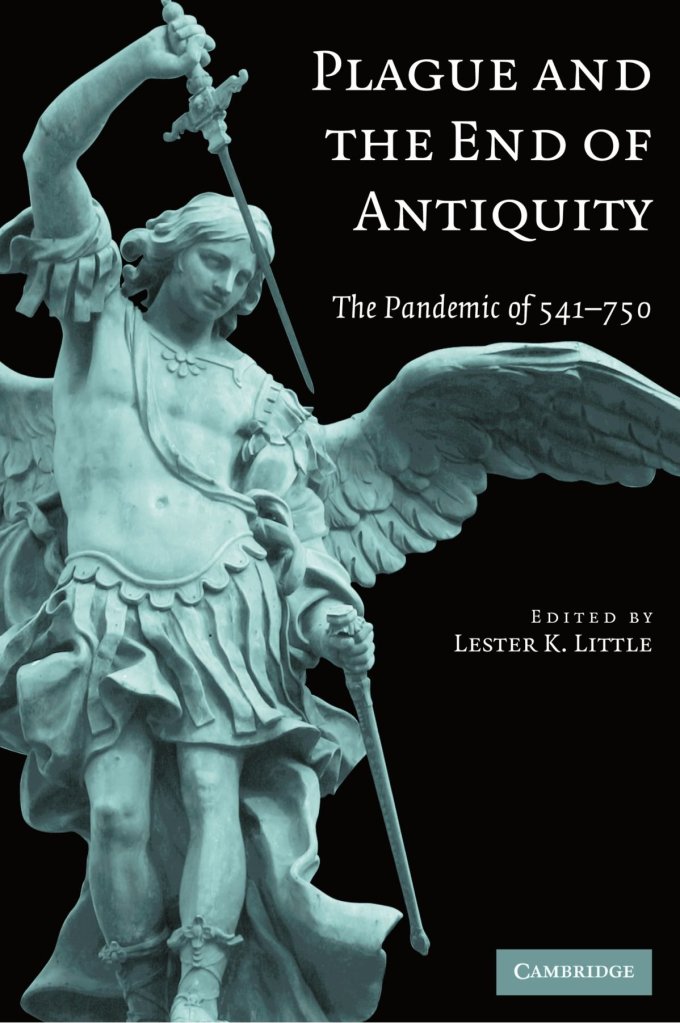
Title: Plague and the End of Antiquity : The Pandemic of 541-750
Year: 2007
Author: Lester K. Little (Editor)
Plague was a key factor in the waning of Antiquity and the beginning of the Middle Ages. Eight centuries before the Black Death, a pandemic of plague engulfed the lands surrounding the Mediterranean Sea and eventually extended as far east as Persia and as far north as the British Isles. Its persisted sporadically from 541 to 750, the same period that witnessed the distinctive shaping of the Byzantine Empire, a new prominence of the Roman papacy and of monasticism, the beginnings of Islam and the meteoric expansion of the Arabic Empire, the ascent of the Carolingian dynasty in Frankish Gaul and, not coincidentally, the beginnings of a positive work ethic in the Latin West.
In this volume, the first on the subject, twelve scholars from a variety of disciplines history, archaeology, epidemiology, and molecular biology have produced a comprehensive account of the pandemics origins, spread, and mortality, as well as its economic, social, political, and religious effects.
The historians examine written sources in a range of languages, including Arabic, Syriac, Greek, Latin, and Old Irish. Archaeologists analyze burial pits, abandoned villages, and aborted building projects. The epidemiologists use the written sources to track the disease s means and speed of transmission, the mix of vulnerability and resistance it encountered, and the patterns of reappearence over time. Finally, molecular biologists, newcomers to this kind of investigation, have become pioneers of paleopathology, seeking ways to identity pathogens in human remains from the remote past.”
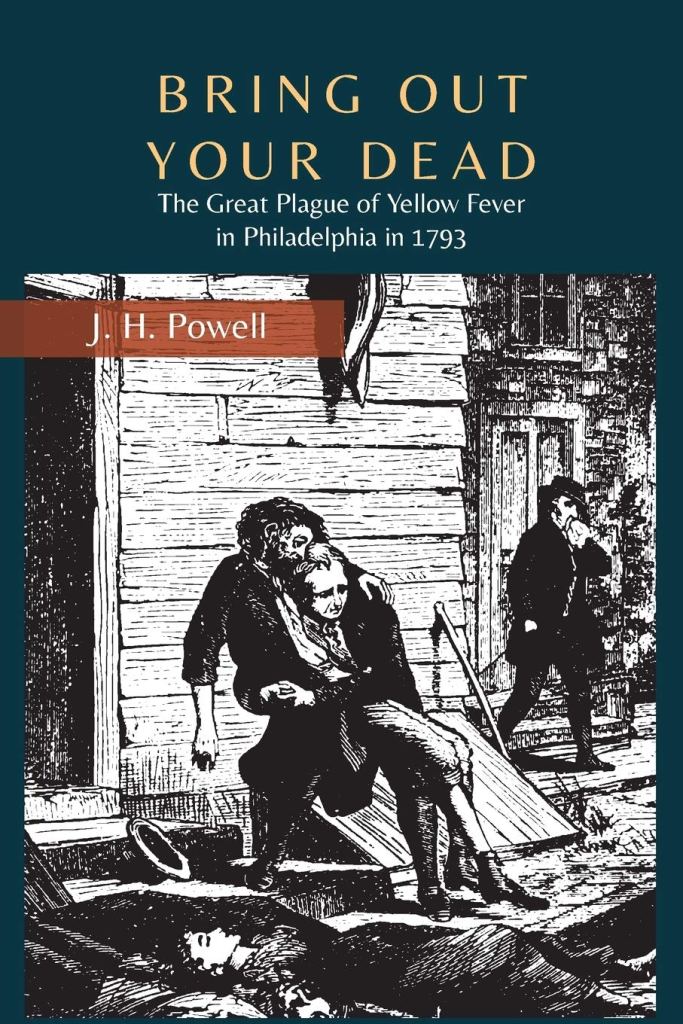
Title: Bring Out Your Dead: The Great Plague of Yellow Fever in Philadelphia in 1793
Year: 1993
Author: J H Powell
n 1793 a disastrous plague of yellow fever paralyzed Philadelphia, killing thousands of residents and bringing the nation’s capital city to a standstill. In this psychological portrait of a city in terror, J. H. Powell presents a penetrating study of human nature revealing itself. Bring Out Your Dead is an absorbing account, form the original sources, of an infamous tragedy that left its mark on all it touched.
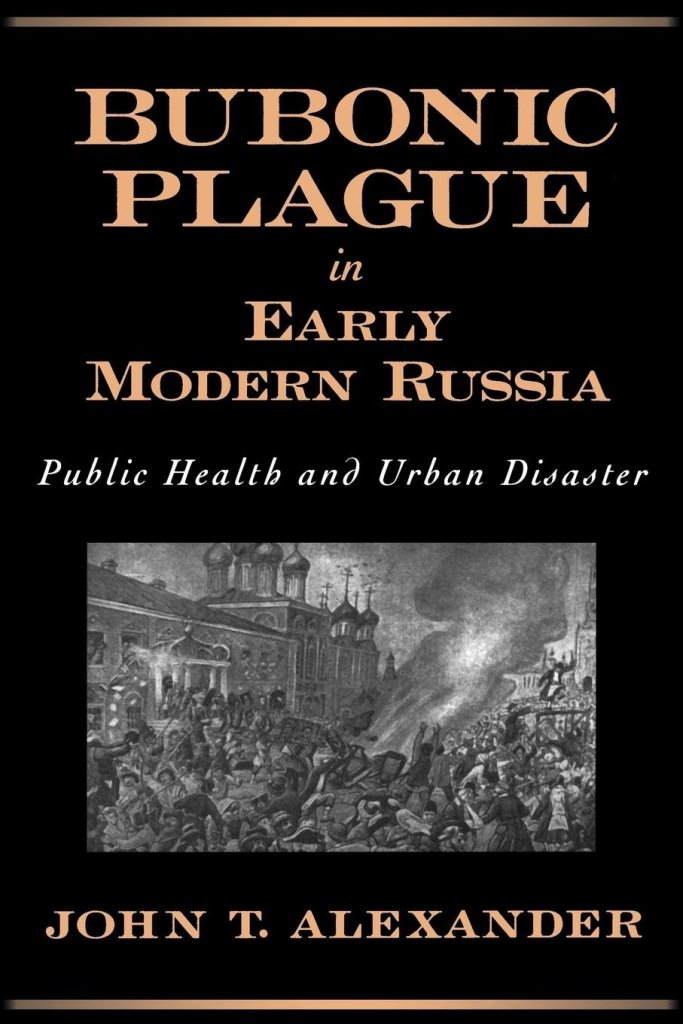
Title: Bubonic Plague in Early Modern Russia: Public Health and Urban Disaster
Year: 2002
Author: John T. Alexander
John T. Alexander’s study dramatically highlights how the Russian people reacted to the Plague, and shows how the tools of modern epidemiology can illuminate the causes of the plague’s tragic course through Russia. Bubonic Plauge in Early Modern Russia makes contributions to many aspects of Russian and European history: social, economic, medical, urban, demographic, and meterological. It is particularly enlightening in its discussion of eighteenth-century Russia’s emergent medical profession and public health institutions and, overall, should interest scholars in its use of abundant new primary source material from Soviet, German, and British archives.
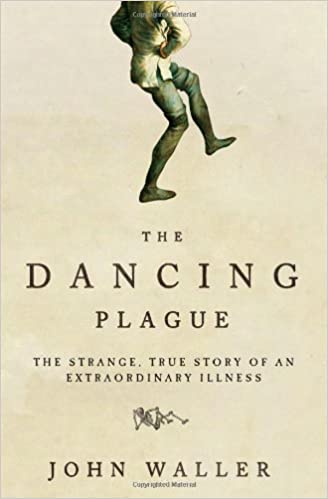
Title: A Time to Dance, a Time to Die: The Extraordinary Story of the Dancing Plague of 1518
Year: 2009
Author: John Waller
n the searing July heat of 1518, Frau Troffea stepped into the streets of Strasbourg and began to dance. Bathed in sweat, she continued to dance. Overcome with exhaustion, she stopped, and then resumed her solitary jig a few hours later. Over the next two months, roughly four hundred people succumbed to the same agonizing compulsion. At its peak, the epidemic claimed the lives of fifteen men, women, and children a day. Possibly 100 people danced to their deaths in one of the most bizarre and terrifying plagues in history.
John Waller compellingly evokes the sights, sounds, and aromas; the diseases and hardships; the fervent supernaturalism and the desperate hedonism of the late medieval world. Based on new evidence, he explains why the plague occurred and how it came to an end. In doing so, he sheds light on the strangest capabilities of the human mind and on our own susceptibility to mass hysteria.
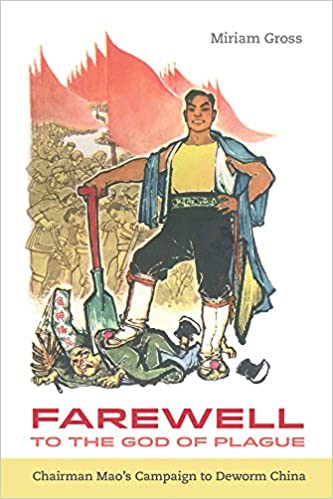
Title: Farewell to the God of Plague: Chairman Mao’s Campaign to Deworm China
Year: 2016
Author: Miriam Gross
Farewell to the God of Plague reassesses the celebrated Maoist health care model through the lens of Mao’s famous campaign against snail fever. Using newly available archives, Miriam Gross documents how economic, political, and cultural realities led to grassroots resistance.
Nonetheless, the campaign triumphed, but not because of its touted mass-prevention campaign. Instead, success came from its unacknowledged treatment arm, carried out jointly by banished urban doctors and rural educated youth. More broadly, the author reconsiders the relationship between science and political control during the ostensibly antiscientific Maoist era, discovering the important role of “grassroots science” in regime legitimation and Party control in rural areas.
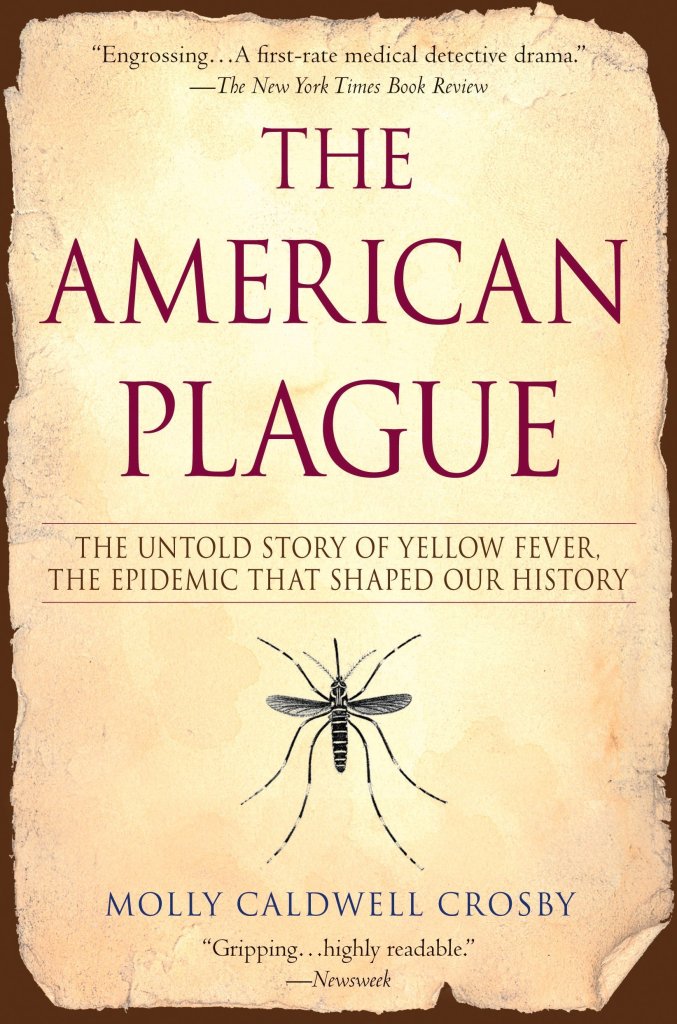
Title: THE UNTOLD STORY OF YELLOW FEVER, THE EPIDEMIC THAT SHAPED OUR HISTORY
Year: 2006
Author: Molly Caldwell Crosby
Slave ships brought it to America as far back as 1648-and over the centuries, yellow fever epidemics plagued the United States. Carried along the mighty Mississippi River, it ravaged towns from New Orleans to St. Louis. New York City lost 2,000 lives in one year alone. It even forced the nation’s capital to relocate from Philadelphia to Washington, DC.
“The American Plague” reveals the true story of yellow fever, recounting Memphis, Tennessee’s near-destruction and resurrection from the epidemic-and the four men who changed medical history with their battle against an invisible foe that remains a threat to this very day.
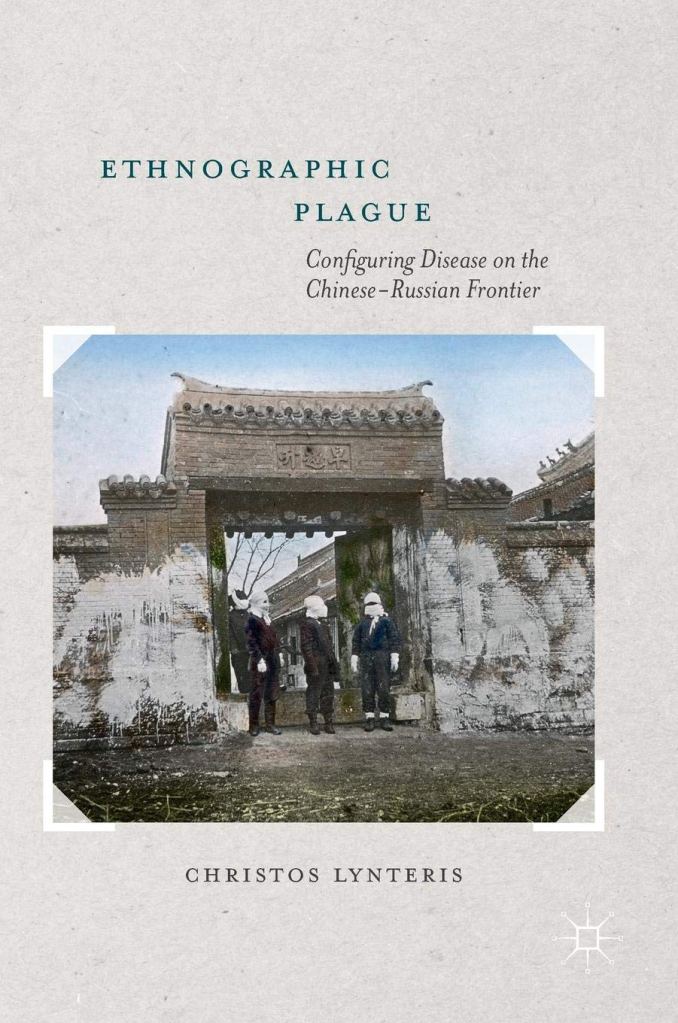
Title: Ethnographic Plague: Configuring Disease on the Chinese-Russian Frontier
Year: 2016
Author: Christos Lynteris
Challenging the concept that since the discovery of the plague bacillus in 1894 the study of the disease was dominated by bacteriology, Ethnographic Plague argues for the role of ethnography as a vital contributor to the configuration of plague at the turn of the nineteenth century. With a focus on research on the Chinese-Russian frontier, where a series of pneumonic plague epidemics shook the Chinese, Russian and Japanese Empires, this book examines how native Mongols and Buryats came to be understood as holding a traditional knowledge of the disease.
Exploring the forging and consequences of this alluring theory, this book seeks to understand medical fascination with culture, so as to underline the limitations of the employment of the latter as an explanatory category in the context of infectious disease epidemics, such as the recent SARS and Ebola outbreaks.
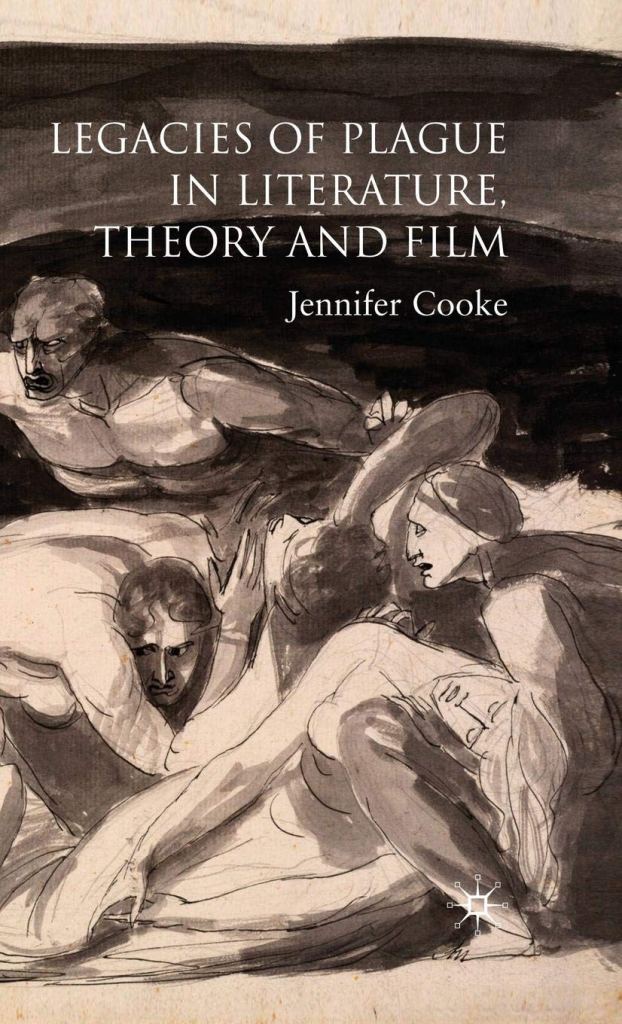
Title: Legacies of Plague in Literature, Theory and Film
Year: 2009
Author: Jennifer Cooke
This book is an account of the history and continuation of plague as a potent metaphor since the disease ceased to be an epidemic threat in Western Europe, engaging with twentieth-century critiques of fascism, anti-Semitic rhetoric, the Oedipal legacy of psychoanalysis and its reception, and film spectatorship and the zombie genre.
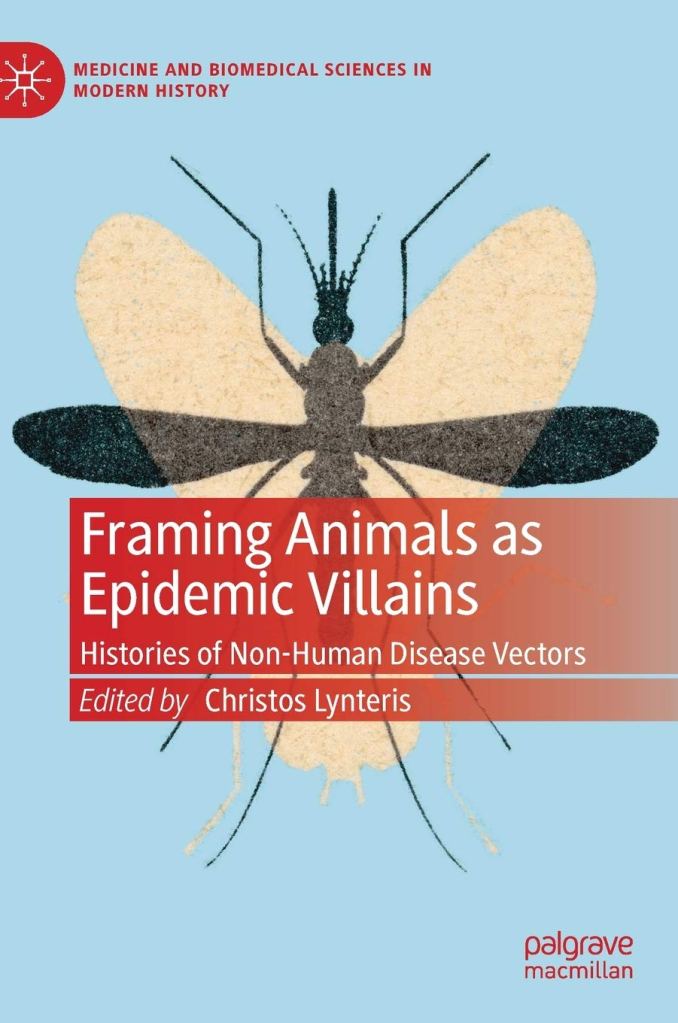
Title: Framing Animals as Epidemic Villains: Histories of Non-Human Disease Vectors
Year: 2019
Christos Lynteris (Editor)
This book takes a historical and anthropological approach to understanding how non-human hosts and vectors of diseases are understood, at a time when emerging infectious diseases are one of the central concerns of global health. The volume critically examines the ways in which animals have come to be framed as ‘epidemic villains’ since the turn of the nineteenth century.
Providing epistemological and social histories of non-human epidemic blame, as well as ethnographic perspectives on its recent manifestations, the essays explore this cornerstone of modern epidemiology and public health alongside its continuing importance in today’s world. Covering diverse regions, the book argues that framing animals as spreaders and reservoirs of infectious diseases – from plague to rabies to Ebola – is an integral aspect not only to scientific breakthroughs but also to the ideological and biopolitical apparatus of modern medicine. As the first book to consider the impact of the image of non-human disease hosts and vectors on medicine and public health, it offers a major contribution to our understanding of human-animal interaction under the shadow of global epidemic threat.
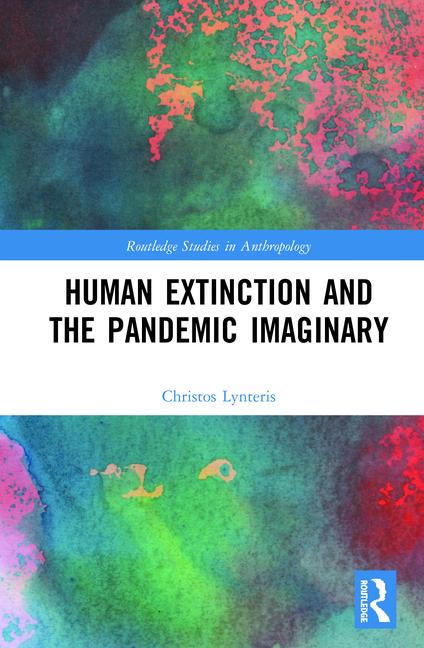
Title: Human Extinction and the Pandemic Imaginary
Year: 2019
Author: Christos Lynteris
This book develops an examination and critique of human extinction as a result of the ‘next pandemic’ and turns attention towards the role of pandemic catastrophe in the renegotiation of what it means to be human. Nested in debates in anthropology, philosophy, social theory and global health, the book argues that fear of and fascination with the ‘next pandemic’ stem not so much from an anticipation of a biological extinction of the human species, as from an expectation of the loss of mastery over human/non-human relations.
Christos Lynteris employs the notion of the ‘pandemic imaginary’ in order to understand the way in which pandemic-borne human extinction refashions our understanding of humanity and its place in the world. The book challenges us to think how cosmological, aesthetic, ontological and political aspects of pandemic catastrophe are intertwined. The chapters examine the vital entanglement of epidemiological studies, popular culture, modes of scientific visualisation, and pandemic preparedness campaigns. This volume will be relevant for scholars and advanced students of anthropology as well as global health, and for many others interested in catastrophe, the ‘end of the world’ and the (post)apocalyptic.
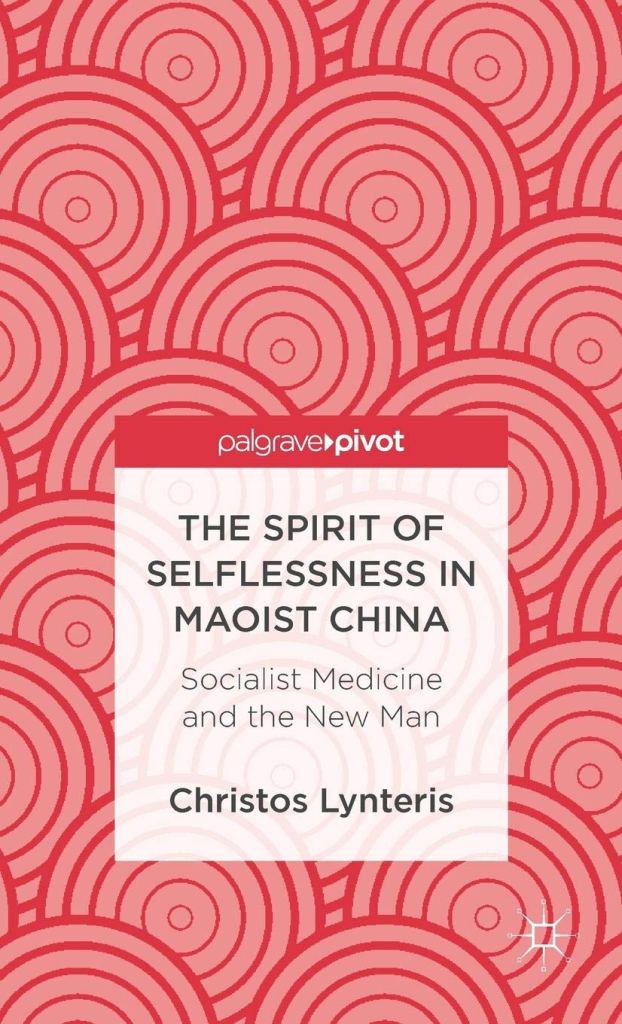
Title: The Spirit of Selflessness in Maoist China: Socialist Medicine and the New Man
Year: 2013
Author: Christos Lynteris
Assuming power in 1949, the Chinese Communist Party was faced with a crucial problem: how to construct the socialist ‘New Man’? On the one hand, led by Liu Shaoqi, the proponents of the technocracy advocated self-cultivation. Led by Mao Zedong, their opponents advocated the exact opposite technique: the abolition of the self and the institution of a mass subjectivity.
Examining this conflict through the analytical lens of Foucault’s ‘technologies of the self’ and in relation to biopolitics, the book explores how the battle for the self in Maoist China revolved around the interpretation of the ‘spirit of selflessness’ as embodied by the heroic Canadian doctor, Norman Bethune, who lost his life as a volunteer doctor of the Red Army. The book narrates how, called to embody this selfless spirit, medical doctors were trapped in a spiral between cultivation and abolition, leading to the explosion of ideology during the Cultural Revolution.

Title: Plague, Quarantine and Geopolitcs in the Ottoman Empire
Year: 2012
Author: Birsen Bulmus
A sweeping examination of Ottoman plague treatise writers from the Black Death until 1923
Did you know that many of the greatest and most colourful Ottoman statesmen and literary figures from the 15th to the early 20th century considered plague as a grave threat to their empire? And did you know that many Ottomans applauded the establishment of a quarantine against the disease in 1838 as a tool to resist British and French political and commercial penetration? Or that later Ottoman sanitation effort to prevent urban outbreaks would help engender the Arab revolt against the empire in 1916?
Birsen Bulmus explores these facts in an engaging study of Ottoman plague treatise writers throughout their almost 600-year struggle with this epidemic disease. Along the way, she addresses the political, economic and social consequences of the methods they used to combat it.
Key Features
- Studies the premodern ways in which plague was viewed by Ottoman Islamic thinkers
- Traces the eventual Ottoman acceptance of quarantines and other modern medical reforms
- Analyses international debates over plagues and quarantines as a struggle about colonialism

